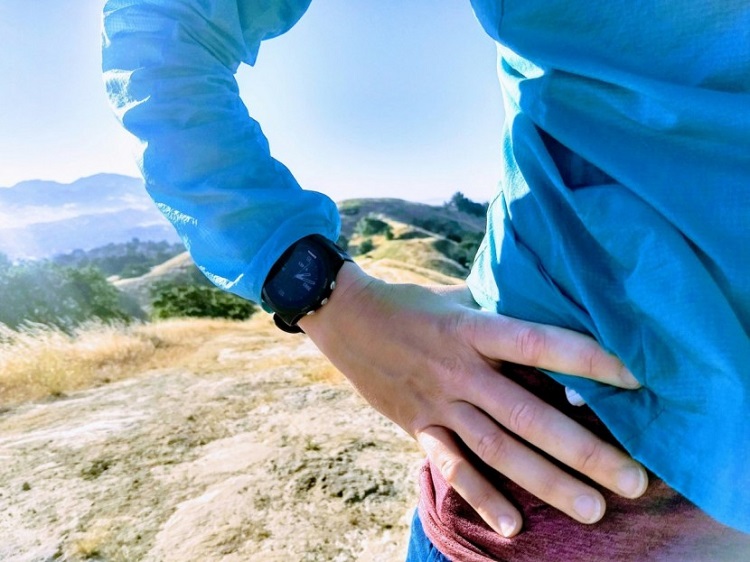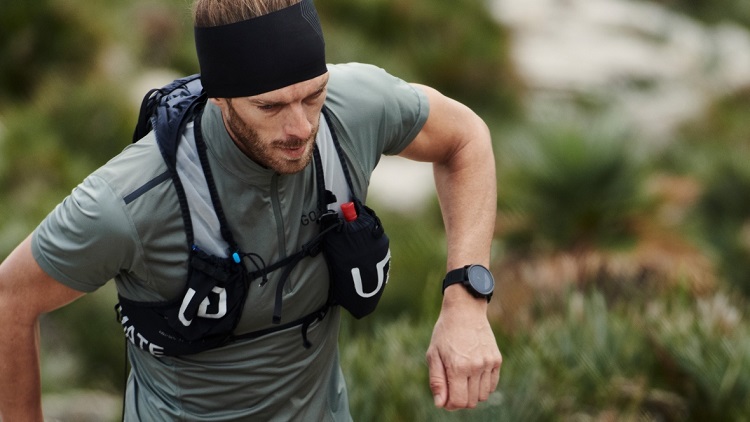If you’ve started running, you’ve probably noticed other runners staring at their wrists as they plod along. But what are they looking at? Most of them have what looks like a normal watch, but in fact, is a GPS watch that monitors their location, distance passed and perhaps their heartbeat. So you may find yourself wondering if you too need a GPS watch to run.

Source: pinterest.com
The truth is – if you’re running just to run, then no. If you’re the kind of runner who doesn’t feel the need to keep up with your distance and time, then this kind of watch makes no sense for you. However, if you want to know how fast you are going and the distance you’ve passed, then investing in a GPS watch can be a good idea.
How do GPS Running Watches Work?
There are about 30 GPS satellites located twenty thousand kilometres above us. These satellites are spread out and they send out regular signals pinpointing exactly where you are. A GPS monitor picks up these signals, and by considering the time they were sent, it can work out how far the messages have travelled.
Watches with integrated GPS technology can measure a series of points that are used to accurately derive metrics like pace, distance and speed. These metrics give you real-time insight into your running performance.
Benefits of GPS Tracking
The most obvious reason to invest in GPS watches is to know exactly how your training is going. From the distance you’ve run, how fast you did it, and how many calories you’ve burned, GPS tracking provides you with the information to analyse your current fitness level – which is really important if you’re training for a race or marathon. Having an understanding of your fitness level will prevent surprises on the race day because you already know precisely how long and how fast it will take you to run that 5K.

Source: wareable.com
Another beneficial aspect of GPS tracking is the increased accuracy in knowing how many calories you’ve burned while out on your run. Combined with the right nutrition, this can help you reach your fitness goals. Almost every watch or service you sign up for will ask you for your height, weight and body type. Based on those metrics, the watch or service will give you a readout of how many calories your body is burning while on the run. Simply put, using a GPS watch to track your running will help you get more efficient training. If that is what you are looking for, you should definitely get one.
GPS tracking also ensures your safety. Having this technology with you means you cannot get lost in case you decide to run in the woods. And even if you get lost, you can easily be found because a GPS watch can be tracked. Your location will always be known, meaning your family and friends will have an idea where to get you if something goes wrong.
A GPS watch can also be used for other sports where distance tracking is an important goal, such as hiking, cycling, distance swimming or cross-country skiing. Some GPS watches even offer a switch in their settings to monitor your cycling performance, and the more high-end models have swimming modes as well.

Source: pinterest.com
GPS Watch vs Phone
You’ll find out that it’s much more comfortable taking directions from your watch than it would be using your phone. Through the directions set on your watch, you get to know which way to go and which turns to make. The watch tracks your course and sets waypoints and benchmarks that make it easy to find your location in case you get lost in the wild.
And if you care about accuracy for pace and distance, a GPS watch will provide you with the most accurate information on how far you’ve gone and how fast you’re going, both while you’re running and after you’re done. Because the watch is worn on the wrist, it can generally offer more secure synchronization with satellites than the phone, which you tuck into a pocket, armband or backpack. The watch also lets you know when the GPS connection is lost, whereas smartwatches, phones and trackers might not and may simply show glitched-out results once you’re done.
A GPS watch’s interface is also easier to use while you’re running. Many of these watches come with dedicated buttons to commonly used functions, and those buttons can be easier to use than a touchscreen while you’re sweating. The watch allows you to see your pace and distance at a glance, so you can pick up the pace or slow down. High-end models let you display up to four total stats at once for quick feedback on other important measures such as heart rate (if combined with a chest strap or optical sensor), split time (per kilometre or another measure), and total time elapsed. Fitness trackers and smartwatches are often limited to showing one or two of these stats at a time, so they aren’t really useful during an actual run.

